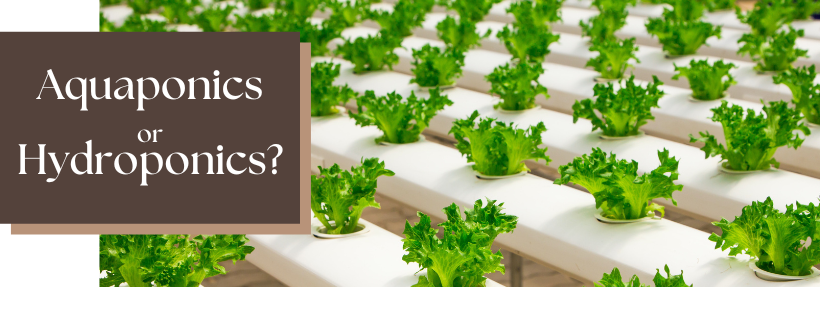A Historical Lesson in Efficiency
Stories of Depression era thriftiness have been handed down through generations, shared at the dinner table along with Grandma’s sweet potato pie. Now known as the “Greatest Generation,” those that lived through the Depression learned how to save, strategize and stretch a dollar. They had no choice. Generation Y has adopted the same approach. More aware of the economic twists and turns and the careless environmental impact of humanity, Millennials have learned to change—no—transform the way they live life.
In the latest economic downturn, the 2008 recession, bits of advice were abundant. Reuse and recycle. Don’t waste food. Buy wholesale. Make it yourself. And we did. When things get tough, we know how to cinch our belts and trim the fat. While we have turned toward a more efficient way of life, gardening has remained traditional, even old school. Seeds are still planted in rows and rows of dark rich soil. It makes us feel good, yes. But efficient it is not.
If we listened to our most resourceful cultures, we might understand that farming is about the perfection of symbiosis. It’s about avoiding waste and the elimination of redundancy.
Hydroponics and aquaponics have historically proven to be the most efficient options for gardening—at home or on the farm. Both methods are soilless systems that use water to grow plants. Both require a water pump, but that is where the similarities end.

Aquaponics
Aquaponics is—in part—a hydroponic system, but it grows both fish and plants—leveraging the symbiotic relationship between the two. The waste from fish in the aquarium water is pumped up to a growing tray with plants and growing medium. Plants rely on the fish waste for nutrients, and the relatively clean water is recycled back into the aquarium for the fish.
Considerations in setting up an aquaponics system are many. This method is completely organic. It requires no artificial chemicals, no pesticides—the right method for the eco-conscious.
Once the aquaponics system is built, the purchase of fish—and fish food, of course—is all that is required. The pH level should be carefully monitored—drastic changes in the pH level come with lethal consequences. Fish pull their weight—keeping algae growth under control, while it remains a common challenge with hydroponics.
Aquaponics requires regular flushing of fish waste, so it does require commitment. But root rot, a common issue in hydroponics, is rare.
Aquaponics requires a much cooler climate than hydroponics—below 70 degrees Fahrenheit. Pest control with this method demands care. Fish exposed to pesticides can result in fatalities.
By nature, aquaponics takes at least a month to produce a tangible outcome. A bacterial colony has to set up shop—a process known as cycling. Kicked off with nitrate, “cycling” is when challenges most often arise. Research, a regular chemical check and a little bit of luck can mitigate disaster.
Hydroponics
Hydroponics, on the other hand, uses water and a soilless growing medium to provide plants with nutrients. Nutrients added to the water are fed to the plants.
Hydroponics can be simple or complex, depending on the need. A simple set-up—container, pump and stone—can handle a small number of plants. If a larger yield is the goal, a hydroponics system can grow both costly and timely. The nutrient solution requires regular flushing with the buildup of chemicals and salts.
Hydroponics typically demands a sterile environment. Not just clean but actually sterile. Pests are rarely an issue.

For quick results, consider hydroponics. Commercial nutrients provide plants what they need, so growth is quickly evident. But monitor that temperature—an exact temperature of 86 degrees Fahrenheit is required.
Due diligence before making a choice—aquaponics or hydroponics—will translate to success or failure. Do research. Be realistic.
Now woven into the fabric of our global culture, we have embraced sustainability. Sharecroppers, gardeners, chefs and homeowners have committed to growing their own food. Self-determination and a changed mindset have shed new light on old methods.
Stay tuned for more blogs on Aquaponics and Hydroponics!
About the Author:

Caitlyn Winkle
After graduating from the University of Akron, Caitlyn joined Atlantic-OASE in the fall of 2019. Caitlyn manages the social media and online content for the company. She also supports the Atlantic-OASE Professional Contractor (APC) Program and Marketing Departments in creating marketing and advertising strategies and plans.


